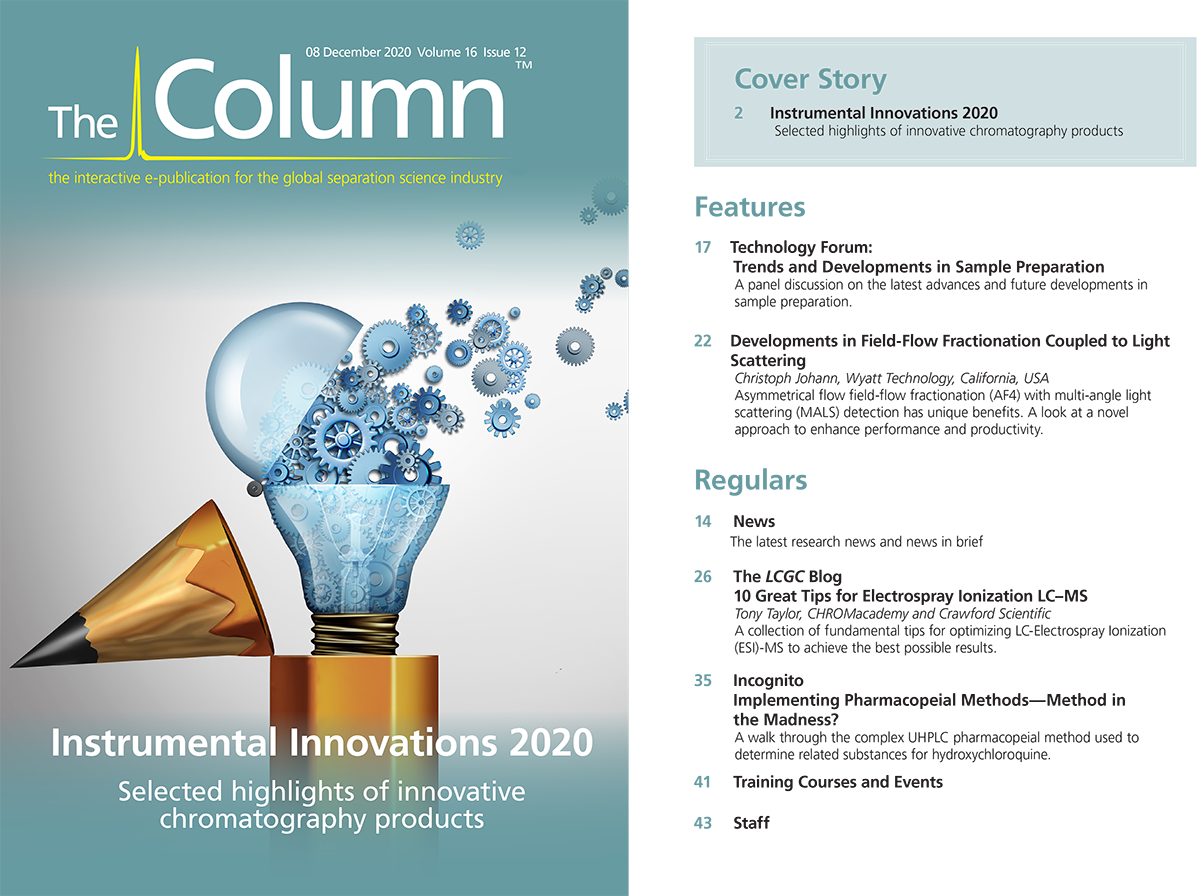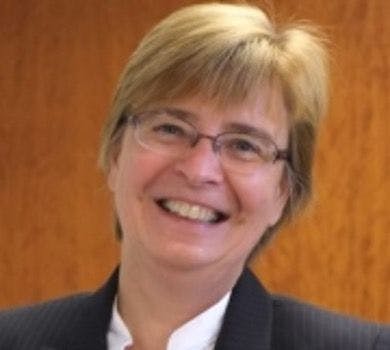New US EPA Dioxin Method Approved
Agilent Technologies has announced that their collaboration with SGS has resulted in a new GC-TQ method.
Agilent Technologies (California, USA) has announced that their collaboration with SGS (British Columbia, Canada) has resulted in a new gas chromatography triple quadrupole (GC-TQ) method, the SGS AXYS Method 16130. The method has been approved by the US EPA as an alternative method for the future regulation and detection of dioxins.
As a persistent environmental pollutant, dioxins are regulated globally, meaning that accurate, reliable testing methods for dioxins are essential. However, the previous US EPA dioxin testing method, EPA 1613B, required the use of magnetic sector instruments. These platforms are both expensive and difficult to use and maintain,according to the company, resulting in decreasing vendor and instrument availability.
“There was a crucial need for an alternative testing method as the current promulgated method of testing relies on 30-year-old mass spectrometry technology which is no longer being supported by most instrument manufacturers,” said Coreen Hamilton, Senior Scientist, SGS Environmental.
The newly approved Agilent SGS AXYS Method 16130 is set to become a key testing solution for environmental laboratories testing regulated contaminants.
For more information please visit: www.agilent.com

How Many Repetitions Do I Need? Caught Between Sound Statistics and Chromatographic Practice
April 7th 2025In chromatographic analysis, the number of repeated measurements is often limited due to time, cost, and sample availability constraints. It is therefore not uncommon for chromatographers to do a single measurement.
What Goes in a CDS IT Service Level Agreement?
April 7th 2025Protecting your network chromatography data system (CDS) data is critical and a service level agreement (SLA) with your IT provider is vital. What should be included? Are SLAs for in-house IT and SaaS (software as a service) similar?














